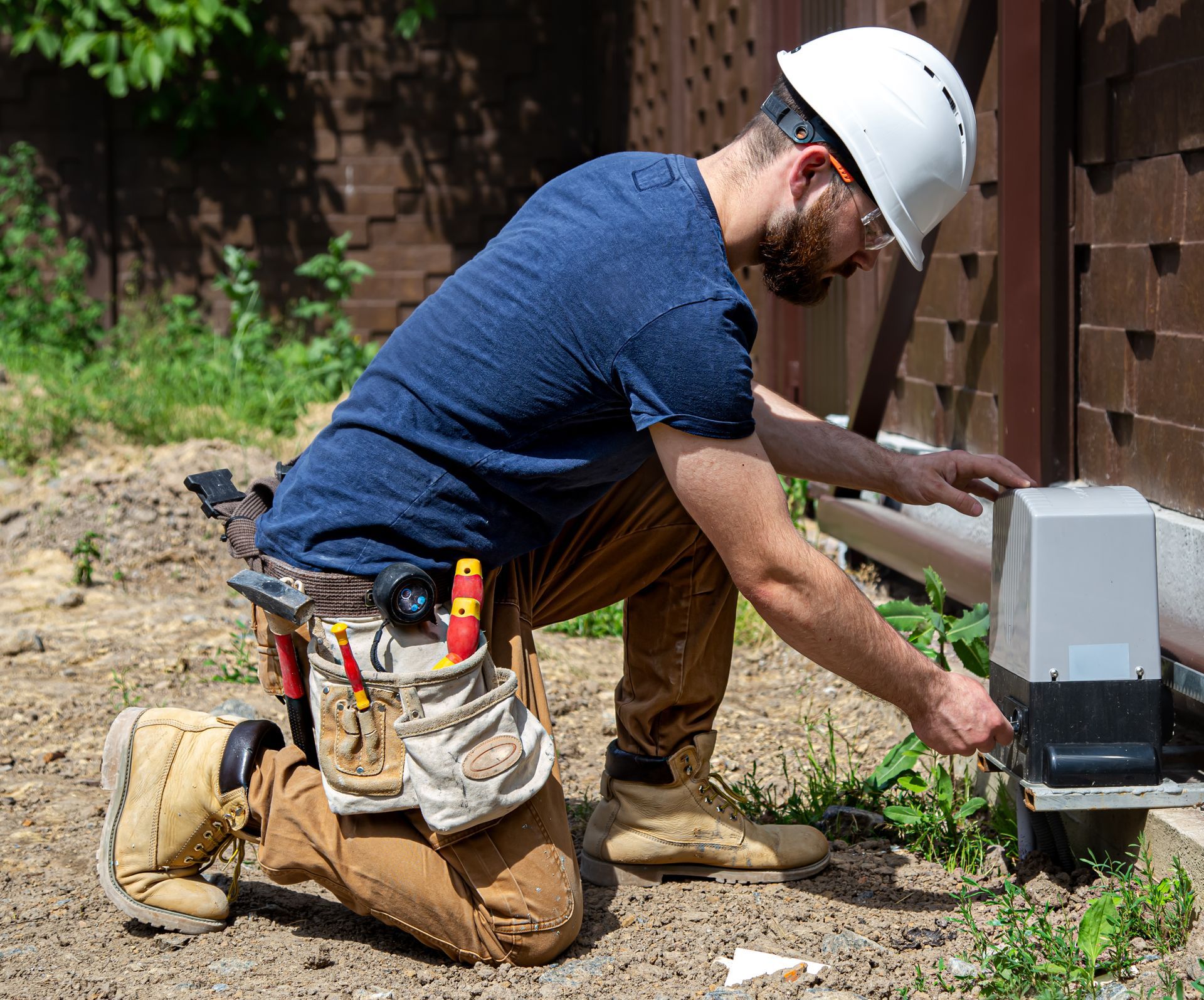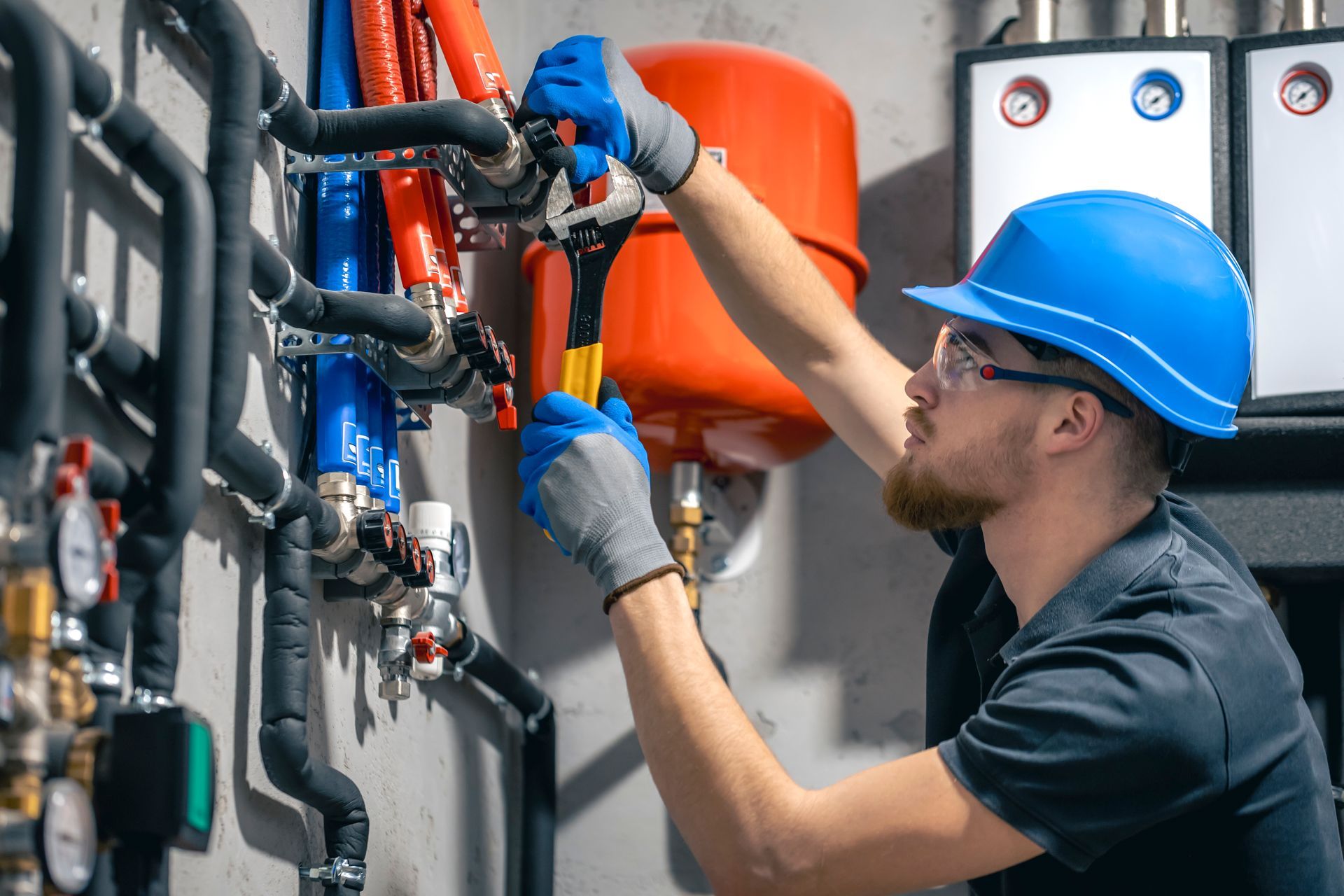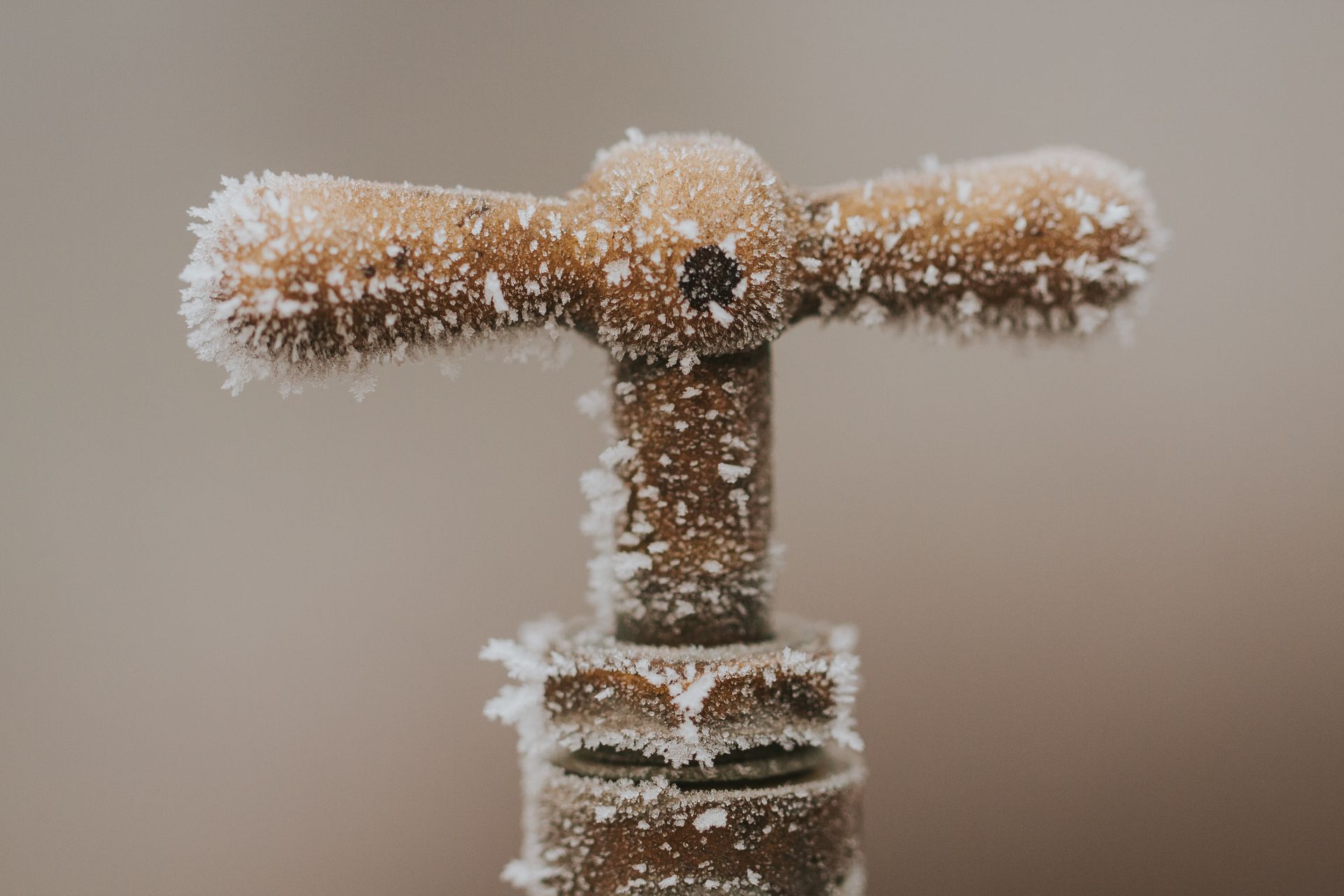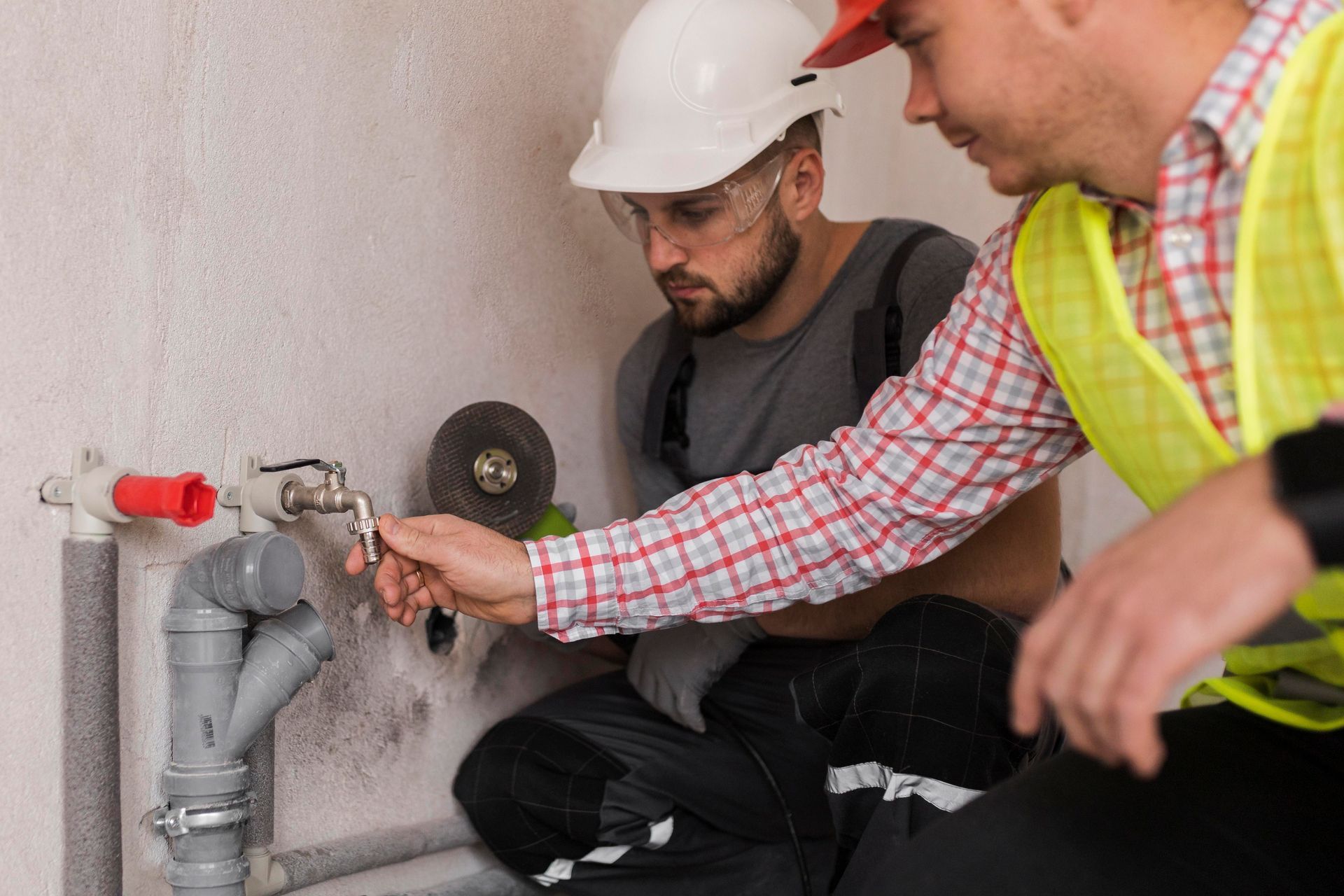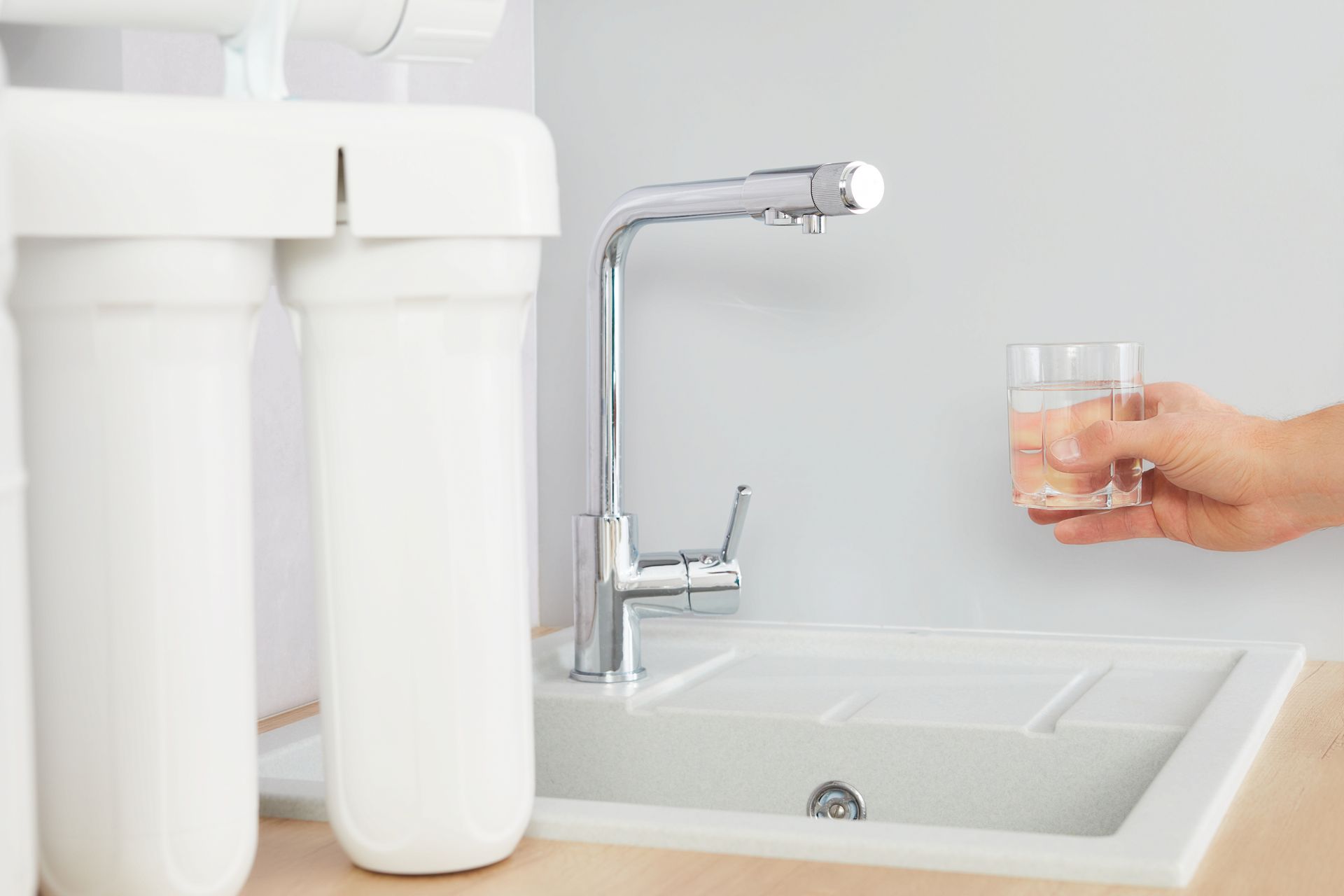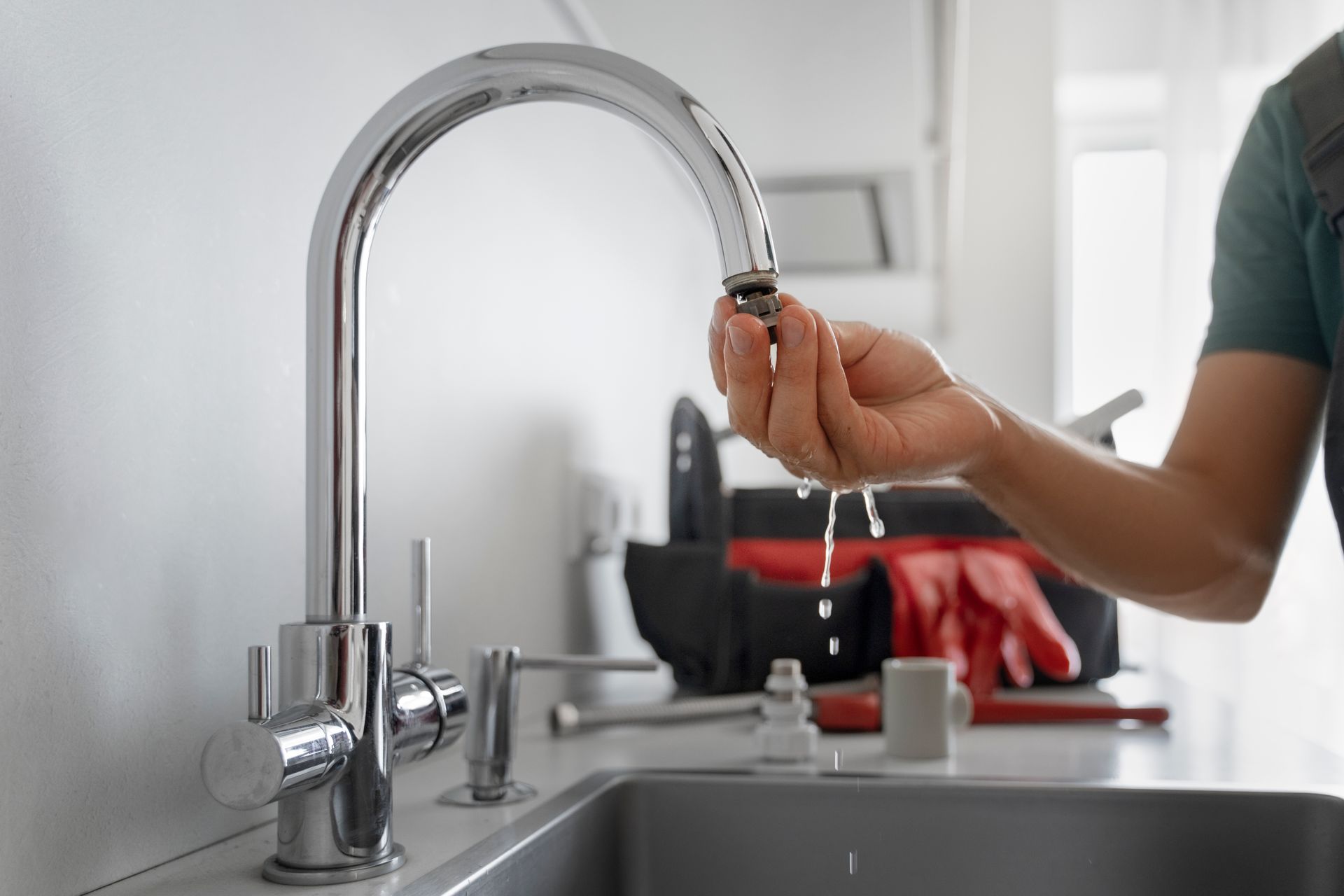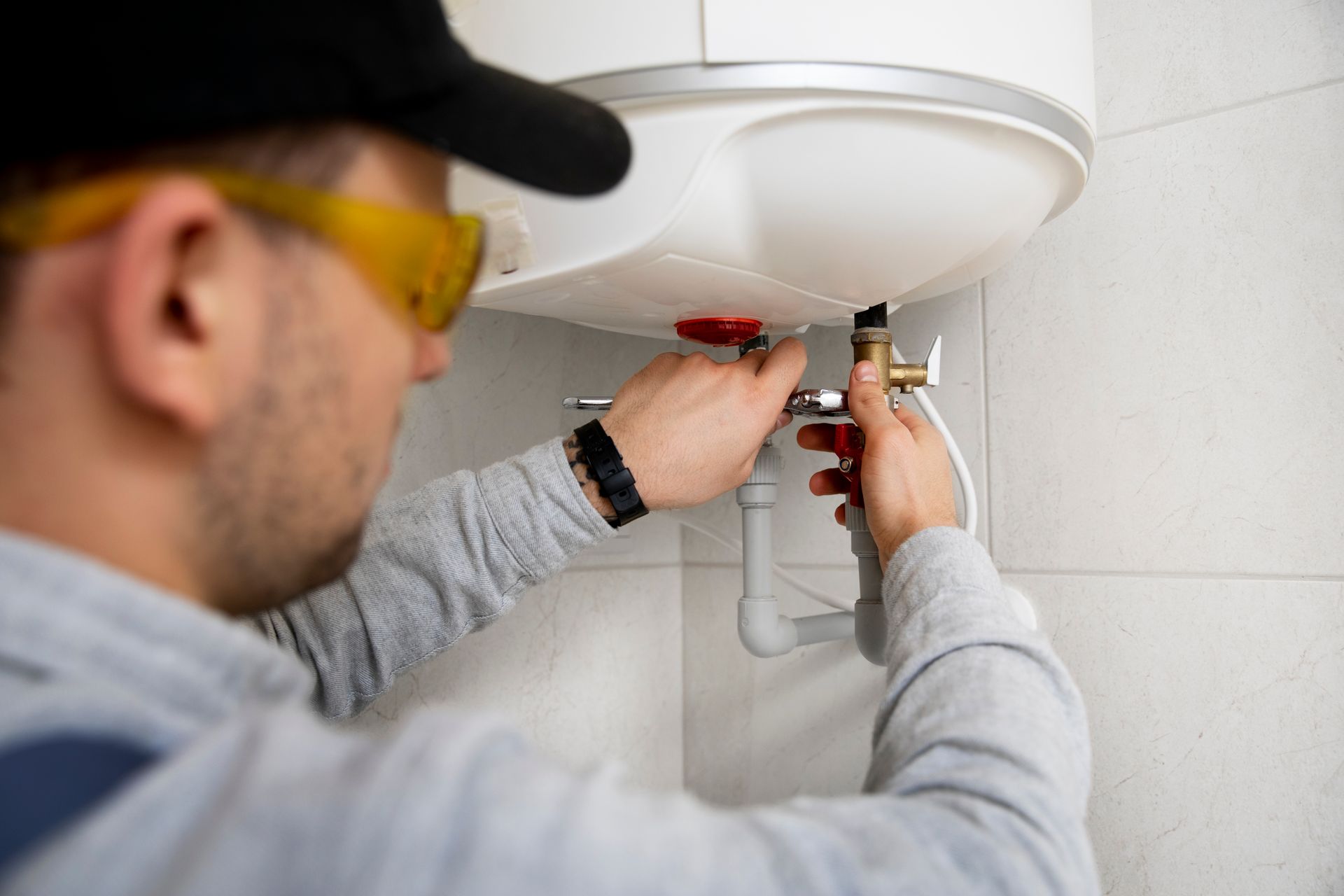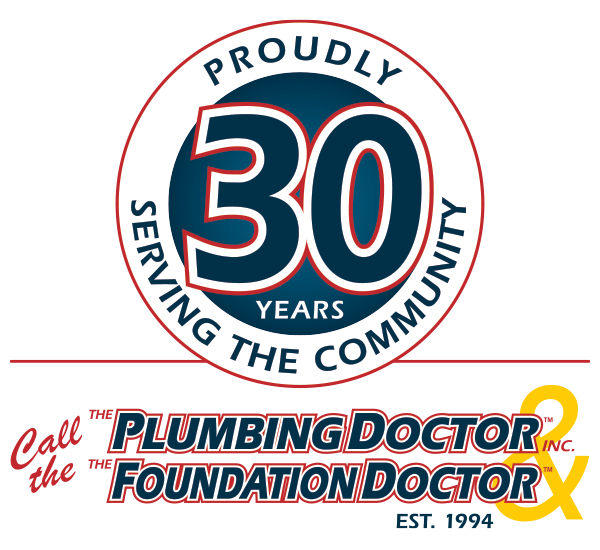Preparing Your Plumbing for Winter: Tips to Avoid Frozen Pipes
Preparing Your Plumbing for Winter: Tips to Avoid Frozen Pipes
As the cool breeze starts to whisper and leaves change their colors, we know winter is just around the corner. Winter brings joy with holidays and snow, but it also brings a challenge for our homes, especially our plumbing. When water freezes, it expands, and this can cause pipes to burst, leading to a big mess and costly repairs. But don't worry! There are simple steps you can take to keep your home safe and avoid the trouble of frozen pipes.
Understanding Your Home's Plumbing
First, it's important to know that not all parts of your home are equally warm. Areas like basements, attics, and garages might get much colder than your living room. Pipes in these areas need extra attention to stay warm. Also, the pipes outside of your house are exposed to the cold directly and are at a higher risk of freezing.
Insulating Pipes: Keeping the Cold at Bay
One effective way to protect your pipes from the cold is by wrapping them with insulation. Think of it as putting a warm jacket on your pipes. You can find foam tubes that are easy to put on your pipes at most hardware stores. These foam tubes have a slit on one side. You just need to open them, wrap them around your pipes, and voilà, your pipes are protected from the cold.
Letting Water Drip: A Trick to Prevent Freezing
A trick that sounds simple but works wonders is to leave faucets slightly open, so they drip a bit. Running water, even at a trickle, helps prevent pipes from freezing. So, on those super cold nights, let your faucets drip.
Opening Cabinet Doors: Let the Warmth In
In areas where pipes are under sinks, like your kitchen or bathroom, you can help keep them warm by opening cabinet doors. This lets warm air circulate around the pipes, keeping them cozy and less likely to freeze.
Sealing the Leaks: Block the Cold
Cold air can sneak into your house through tiny gaps and leaks, especially near pipes that lead outside. Take some time to find these leaks and seal them with caulking or insulation. This not only helps prevent your pipes from freezing but also keeps your home warmer and reduces heating bills.
Setting the Thermostat: Consistent Warmth
Keeping your home at a consistent temperature day and night can help prevent pipes from freezing. It might be tempting to lower the thermostat at night to save on heating bills, but the extra cost of keeping your home warm is nothing compared to the cost and hassle of dealing with a burst pipe.
Draining Outdoor Pipes: A Must-Do Step
Before the winter really sets in, it's important to drain water from outdoor pipes, sprinkler systems, and hoses. Once they're drained, disconnect the hoses and store them somewhere warm. Also, make sure to cover outdoor faucets with insulated covers to protect them from the cold.
What If You're Away?
If you're planning to be away from home for an extended period during the winter, it's important to take steps to protect your plumbing. Set your thermostat to a temperature no lower than 55°F (about 13°C). Ask a friend or neighbor to check on your house to ensure the heat is working and the pipes haven't frozen.
Get Professional Help: Peace of Mind
If you're unsure about how to protect your home or if you want to be extra cautious, it's a good idea to call in professionals. Plumbing experts can inspect your home, identify areas at risk of freezing, and recommend solutions to keep your plumbing safe through the winter months.
With these simple steps, you can enjoy the winter season without worrying about your pipes freezing. Remember, a little preparation goes a long way in preventing costly repairs and keeping your home safe and warm.
If you're looking for professional help to winter-proof your plumbing, look no further than Call The Plumbing Doctor. We have the knowledge and expertise to ensure your plumbing systems are protected against the cold. Give us a call and let us take care of your plumbing needs. Stay warm and safe this winter!

